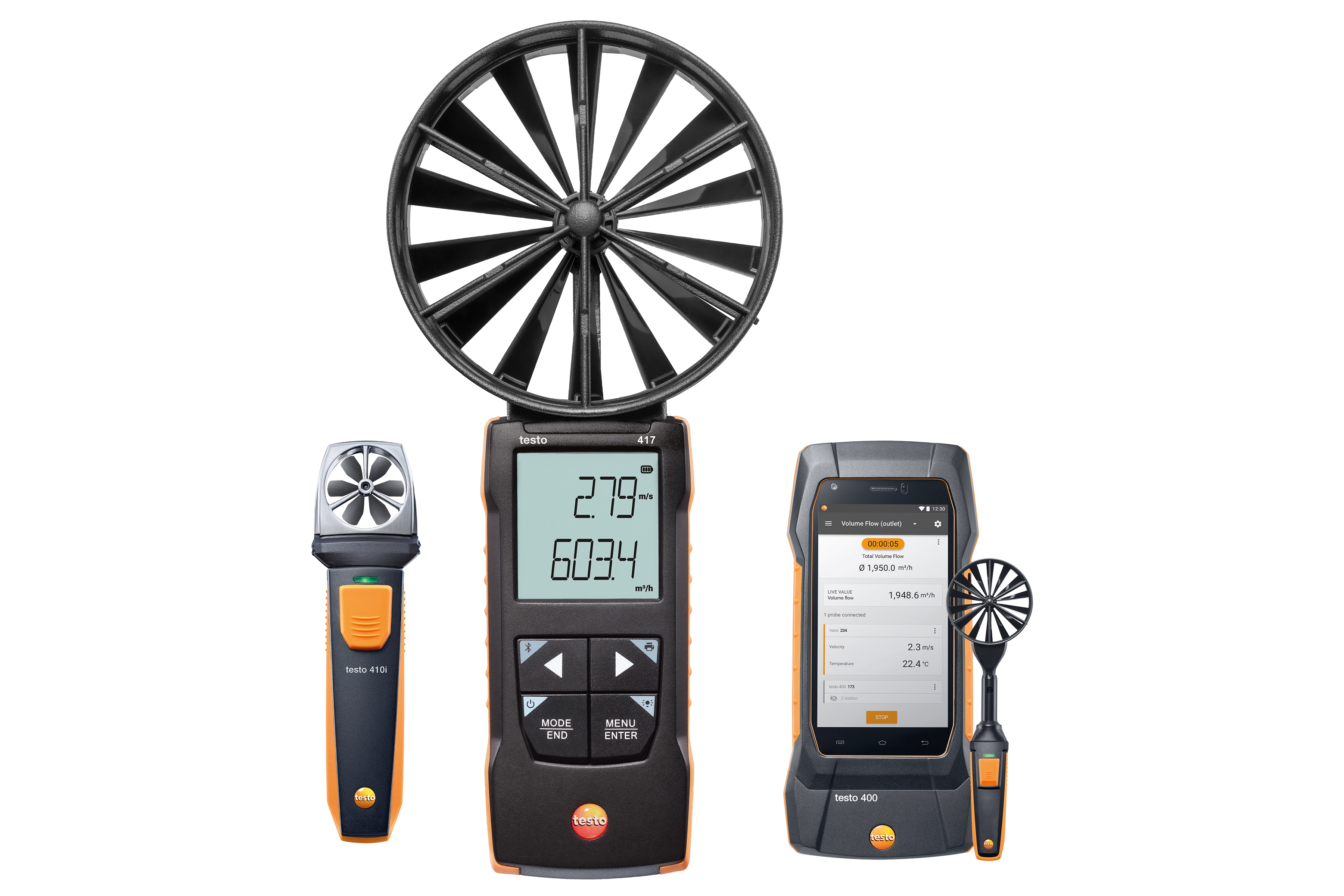All You Required to Know About Anemometers: Exactly How They Function, Why They Matter, and Where to Make use of Them
Anemometers, however commonly neglected in the world of scientific tools, play a crucial role in numerous areas, providing valuable insights into wind rate and air movement patterns. As we dig right into the details of anemometer innovation, we will uncover the inner workings of these gadgets, their value, and the essential factors to consider when picking the appropriate anemometer for certain applications.

Anemometer Essentials
A crucial instrument utilized to gauge wind speed and direction, the anemometer plays a vital role in weather forecasting and various markets. An anemometer usually includes 3 or four cups that revolve in the wind, a vane that points right into the wind, and sensors to track the activities or turnings. By calculating the turnings or motions over a particular period, the anemometer can determine wind speed. The vane assists figure out wind direction by directing right into the wind, supplying valuable data for weather projecting, air travel, maritime procedures, environmental surveillance, and wind power applications.
There are different sorts of anemometers readily available, including cup anemometers, vane anemometers, hot-wire anemometers, and sonic anemometers, each with its one-of-a-kind features and applications. Cup anemometers are commonly used for fundamental wind rate dimensions, while vane anemometers are chosen for directional dimensions. Hot-wire anemometers are suitable for low airspeeds, and sonic anemometers are excellent for high-precision measurements in research study and commercial settings. Recognizing the essentials of anemometers is important for accurate wind data collection and analysis throughout different industries.
Concepts of Anemometer Procedure
Building on the fundamental understanding of anemometer essentials, the concepts of anemometer procedure illuminate the technicians behind wind speed and instructions dimensions. Anemometers operate on the principle of air movement affecting a sensor, causing it to revolve. Cup anemometers, as an example, have three or even more cups that catch the wind, creating them to spin quicker as the wind rate increases. The turning rate is then converted right into a wind rate measurement. Vane anemometers, on the various other hand, make use of a tail or a probe that straightens itself with the wind direction, offering a dimension of wind direction based upon the positioning of the sensing unit. Hot-wire anemometers rely on a heated cable that cools down as wind passes over it, with the rate of cooling down identifying the wind rate. Ultrasonic anemometers step wind rate and instructions by evaluating the time it considers ultrasonic signals to take a trip between transducers. Understanding these concepts is essential go to my site for precise and trustworthy wind dimensions in numerous applications.
Importance of Anemometers
The value of anemometers in meteorology and various markets can not be overemphasized. Anemometers play a vital duty in determining wind rate and instructions, giving vital information for weather projecting, climate researches, environmental surveillance, and air travel operations. Meteorologists count on anemometers to gather exact wind information, assisting them understand weather condition patterns, predict tornados, and issue timely warnings to the public. In industries such as building and construction, farming, renewable resource, and maritime procedures, anemometers are made use of to enhance processes, guarantee security, and increase performance. Wind ranch drivers utilize anemometers to examine wind problems and make best use of electricity manufacturing from wind turbines. In the maritime industry, anemometers aid ship navigating by supplying real-time wind details to captains, assisting them make educated choices to ensure safe browse around here voyages. Generally, anemometers are indispensable tools that add substantially to security, effectiveness, and educated decision-making in meteorology and a variety of markets.
Applications Across Numerous Industries
In the renewable power industry, anemometers play an essential role in examining wind problems for wind farm positionings, guaranteeing ideal power production. Industries like construction and mining use anemometers to monitor wind rates, vital for safety and security procedures, particularly when functioning at elevations or in open-pit mines where solid winds can present hazards. In farming, anemometers aid farmers in managing plant splashing by giving real-time information on wind rate to prevent drift.

Picking the Right Anemometer for Your Needs
For general purposes, a mug anemometer is suitable for determining wind speed, while a vane anemometer offers wind instructions information. Hot-wire anemometers are optimal for low airspeed measurements, and ultrasonic anemometers supply high precision and durability.

Conclusion
In verdict, anemometers play a vital role in gauging wind speed and direction across different markets. Understanding the concepts of anemometer operation is important for choosing the right gadget for details demands. From meteorology to air travel, anemometers are vital tools for guaranteeing and gathering precise data safety and security in various applications. When picking the most suitable gadget for measuring wind conditions., it is essential to take into consideration the value of anemometers in order to make enlightened choices.
There are numerous types of anemometers readily available, consisting of cup anemometers, vane anemometers, hot-wire anemometers, and sonic anemometers, each with its unique features and applications. Cup anemometers are frequently utilized for fundamental wind rate measurements, while vane anemometers are favored for directional dimensions. Hot-wire anemometers are appropriate for low airspeeds, and sonic anemometers are suitable for high-precision dimensions in research study and commercial settings.Building on the fundamental understanding of anemometer fundamentals, the principles of anemometer procedure clarify the auto mechanics behind wind rate and direction measurements. For basic objectives, a cup anemometer is appropriate for gauging wind rate, while a vane anemometer provides wind instructions information.